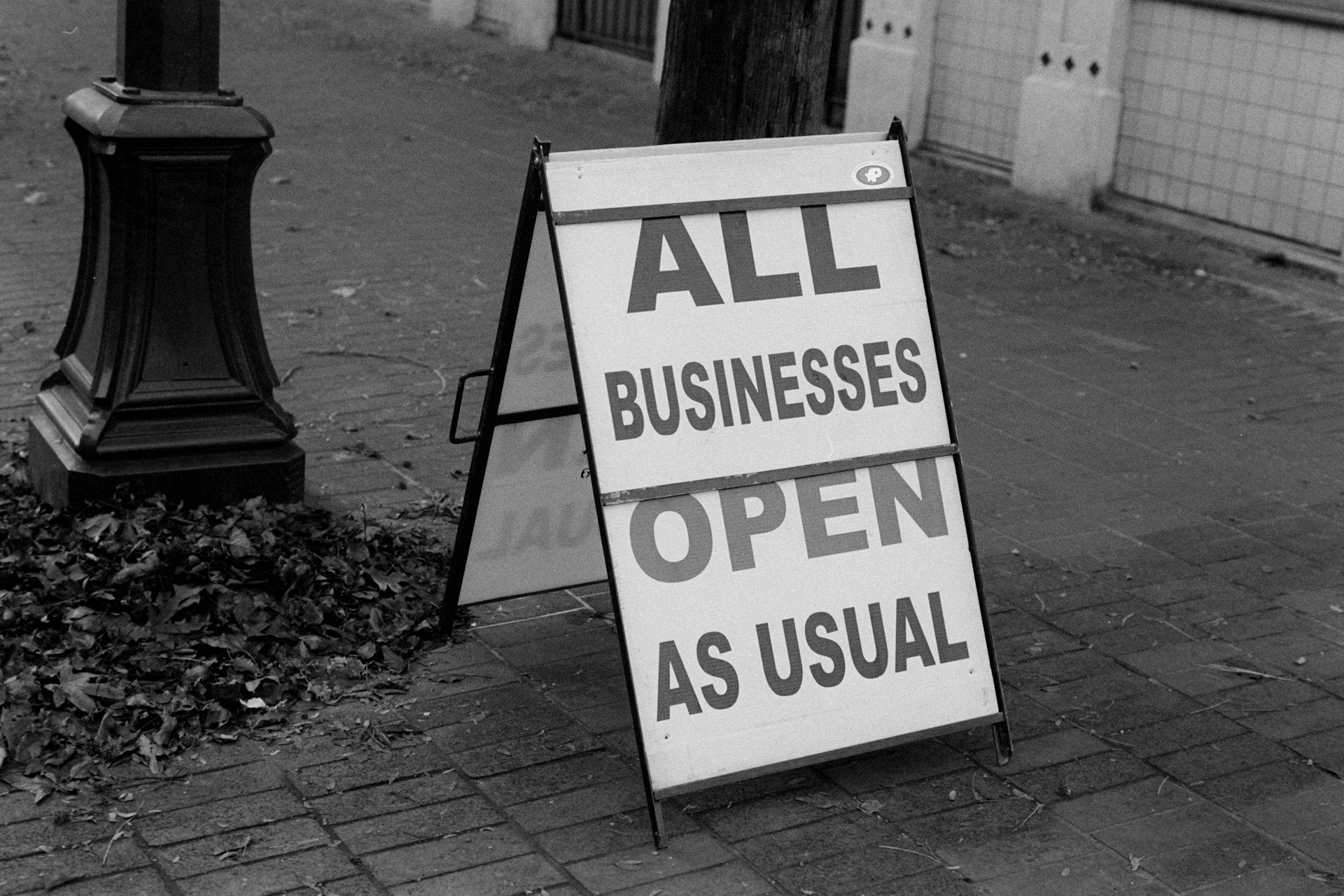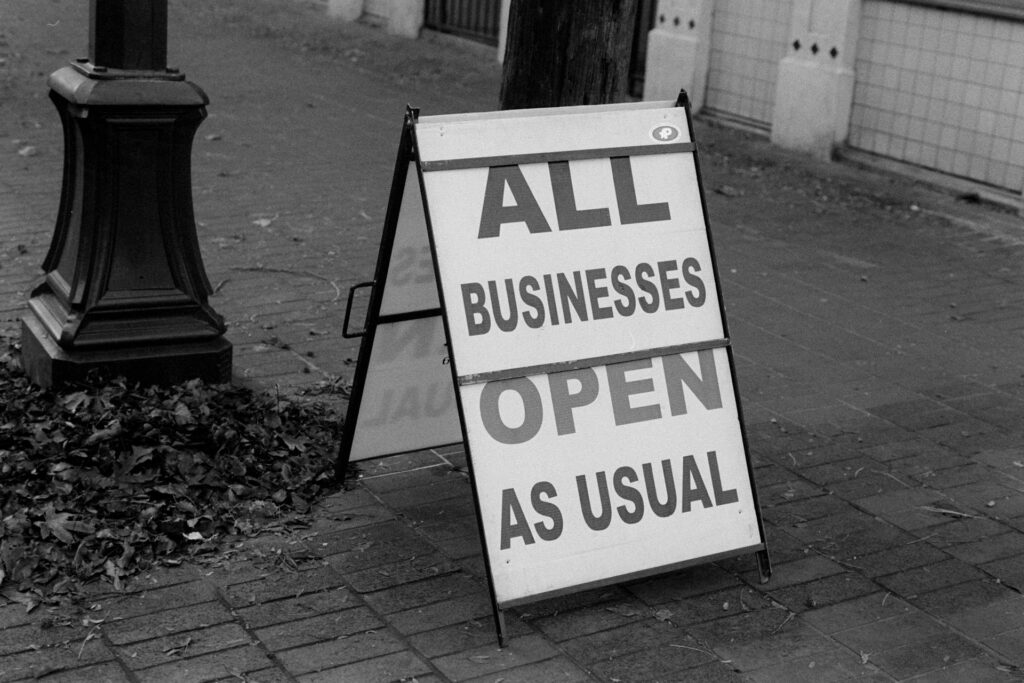Understanding how much you can borrow, and what it will cost, can be the difference between making a smart financial move and overextending your business.
A business line of credit calculator gives owners a way to model different borrowing scenarios before applying.
By plugging in details such as credit limit, interest rate, and repayment terms, you can estimate monthly payments, total interest, and the impact on cash flow. Used correctly, a calculator helps set realistic expectations and guides better decision-making.
In this article, we will discuss how a business line of credit calculator works, and how you can use it to make the right choices for your business.
What is the Business Line of Credit Calculator?
A business line of credit calculator is an online tool designed to help owners estimate the financial impact of using a revolving credit facility. While a line of credit offers flexibility, that flexibility also makes it harder to predict borrowing costs compared to a standard loan.
A calculator simplifies this by allowing you to input key variables such as credit limit, interest rate, repayment schedule, and draw amounts. The result is an estimate of monthly payments, total interest costs, and how repayment affects your available credit balance.
Unlike a traditional loan calculator that only accounts for a single lump sum, a business line of credit calculator accommodates multiple draws and repayments over time. This reflects how businesses actually use credit lines, to smooth out cash flow, cover seasonal expenses, or seize short-term opportunities.
For example, you might use the calculator to model what happens if you draw $20,000 in January and repay it by April, compared to carrying the balance for a full year.
By giving you a clear picture of borrowing scenarios before you apply, the calculator helps you avoid surprises, test different repayment strategies, and decide whether a line of credit is the right tool for your situation.
Why Do You Need a Business Line of Credit Calculator?
Here’s why you need a business line of credit calculator:
Estimating Affordability
Before using a credit line, you need to know whether payments fit comfortably within your cash flow. A calculator projects monthly obligations based on draw amounts and repayment timelines.
For example, if you plan to draw $25,000, you can quickly see the difference between repaying in six months versus twelve. This prevents overcommitting and helps you match borrowing with actual capacity.
Comparing Borrowing Scenarios
Lines of credit allow multiple draws and repayments, which makes cost forecasting less straightforward than with a term loan. A calculator helps you test different situations, such as drawing smaller amounts more frequently or borrowing once in a larger lump sum.
By comparing these models, you can choose the approach that minimizes cost while meeting business needs.
Understanding the Cost of Carrying a Balance
One of the biggest variables in using a credit line is how long you carry a balance. Paying off quickly reduces interest dramatically, while holding debt longer compounds costs. A calculator quantifies these differences.
For instance, carrying a $10,000 balance for three months may cost only a few hundred dollars in interest, but stretching it to twelve months could double or triple that expense.
Preparing for Lender Conversations
Walking into a lender’s office with a clear understanding of your borrowing needs puts you in a stronger position. Running scenarios ahead of time allows you to discuss limits, repayment structures, and interest rates with confidence. This preparation signals to lenders that you’re a serious borrower who understands risk and repayment.
Supporting Smarter Financial Planning
A calculator isn’t just about “can I afford this loan?” It’s about aligning financing with broader business goals. Whether you’re planning for seasonal inventory, managing uneven receivables, or cushioning against unexpected expenses, the tool helps you borrow strategically rather than reactively.
How to Use a Business Line of Credit Calculator for Your Business
A business line of credit calculator can be a powerful decision-making tool, but only if you know how to use it effectively. Here’s how to use it for your business:
Step 1: Gather Financial Information
Before using the calculator, collect accurate financial details. This includes your monthly revenue, current expenses, and any existing debt. The more precise your data, the more realistic the calculator’s results will be. Incomplete or estimated numbers may give misleading outcomes that could impact your decisions.
Step 2: Input Key Variables
Most calculators require you to enter figures such as the desired credit amount, interest rate, repayment term, and monthly income. Some tools may also ask for your credit score or collateral. Input these values carefully, as even small changes in interest rates or repayment timelines can significantly affect results.
Step 3: Analyze the Results
Once you submit your inputs, the calculator will estimate your monthly payments, interest costs, and total repayment. Use these figures to assess whether the credit line is affordable and aligns with your cash flow. For instance, if the repayment estimate is too high, you may need to consider requesting a lower credit limit or a longer repayment term.
Step 4: Compare Scenarios
One of the biggest advantages of a calculator is the ability to test different scenarios. Adjust variables like interest rate or repayment period to see how they affect your payments. This allows you to prepare for both best- and worst-case scenarios, ensuring your business can manage the credit line without unnecessary strain.
Conclusion
A business line of credit calculator is more than just a tool; it’s a way to bring clarity to your financial planning. By helping you visualize repayment schedules, interest costs, and available credit, it allows you to make decisions with confidence.
Whether you’re planning for growth, handling seasonal cash flow, or preparing for unexpected expenses, using such a calculator ensures that you’re making informed choices. Ultimately, it helps business owners balance flexibility with responsibility, leading to stronger financial health.
At ROK Financial, we help businesses make the right financial decisions. If you’re looking for expert advice, or simply want more insight into the loans you’re looking for, visit our website today!
Frequently Asked Questions
Here are some FAQs about how you can use a business line of credit calculator to estimate your borrowing potential.
Can a business line of credit calculator help me decide how much credit to apply for?
Yes. By entering different loan amounts, repayment terms, and interest rates, you can compare scenarios and see what works best for your business. It helps you determine a credit amount that supports your needs without overextending your finances.
Do business line of credit calculators provide exact repayment figures?
Not always. Calculators give reliable estimates based on the inputs you provide, such as loan amount, interest rate, and repayment period. However, actual costs may vary slightly depending on lender policies, fees, and any changes in interest rates over time.




















